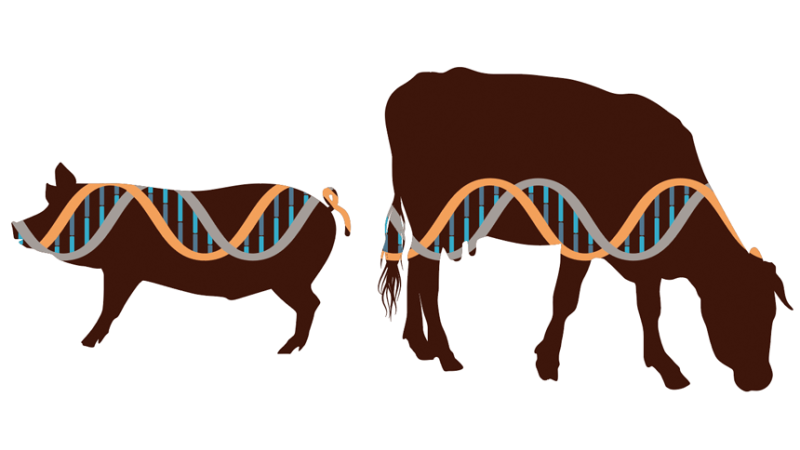Since the first genetically modified tomato hit the U.S. market in 1994, consumers have been suspicious of scientific tinkering with their food. Back then, genetically modified animals seemed particularly ominous, with images like fishy tomatoes …. But real life examples of genetically engineered animals aren’t so cartoonish. They include mosquitoes genetically engineered to prevent the spread of disease and fast-growing salmon.
…. In a survey from the Pew Research Center reported August 16, researchers asked 2,537 U.S. adults whether they rejected or supported five different examples of genetically engineered animals …. 70% of respondents favor the use of biotechnology for engineering mosquitoes to prevent the spread of disease …. On the other hand, 55% of U.S. adults reject using genetic engineering to boost the nutritional content of meat ….
…
Could animal welfare-improving applications like the hornless cow persuade consumers to accept animal biotech? Perhaps. In a paper …. entitled Genetically Modifying Livestock for Improved Welfare: A Path Forward, researchers found that if the example used was the hornless cow, a majority of participants were willing to accept the use of the technology …. Adam Shriver, one of the authors of the paper, feels it’s a mistake to treat animal welfare as an “afterthought ” …. “ [I]f they see that [the] technology is being used to improve animal welfare, it seems…people feel a little bit more comfortable with it.”
Read full, original article: Are Consumers Ready For Genetically Engineered Animals? Depends How You Ask































